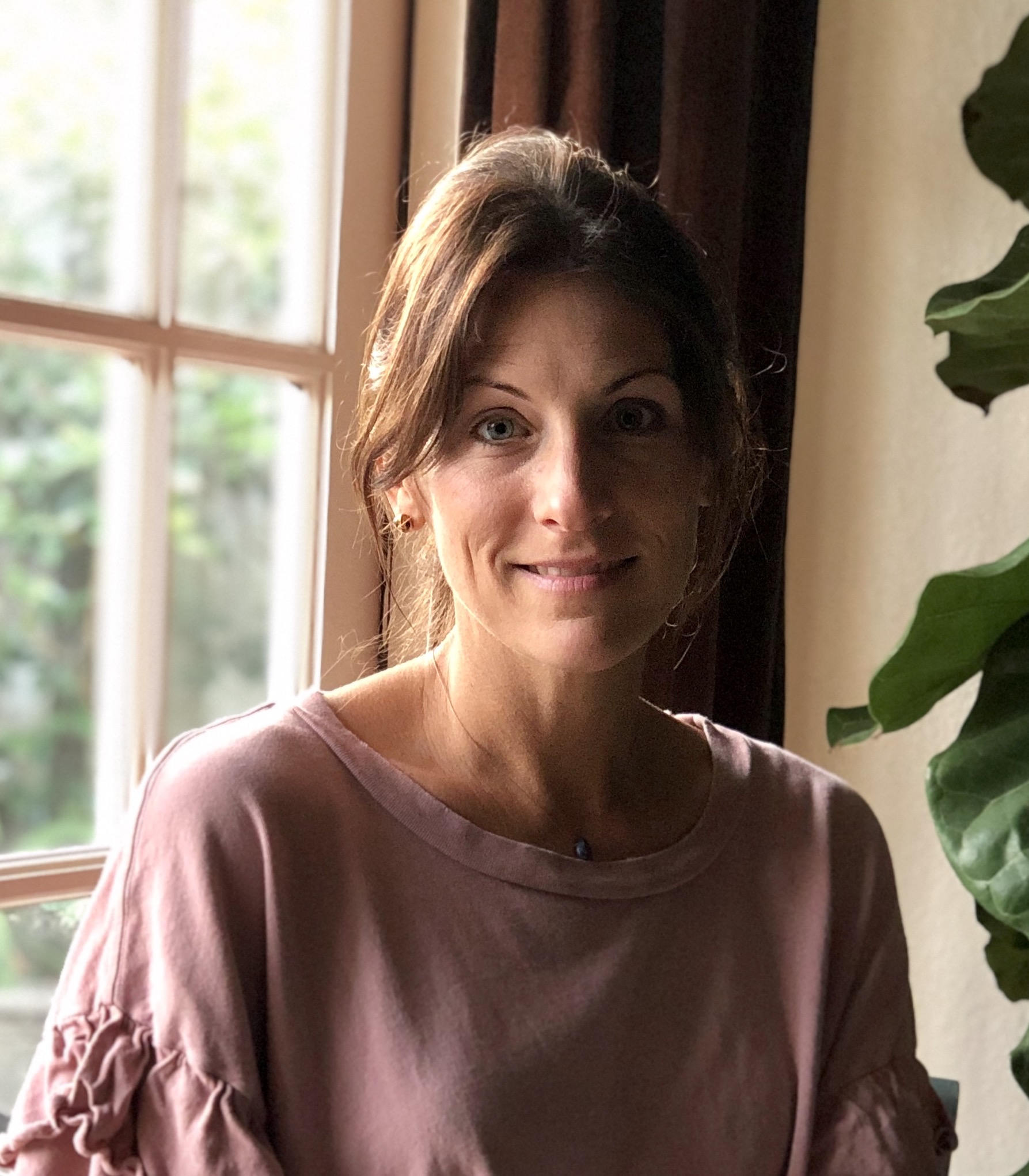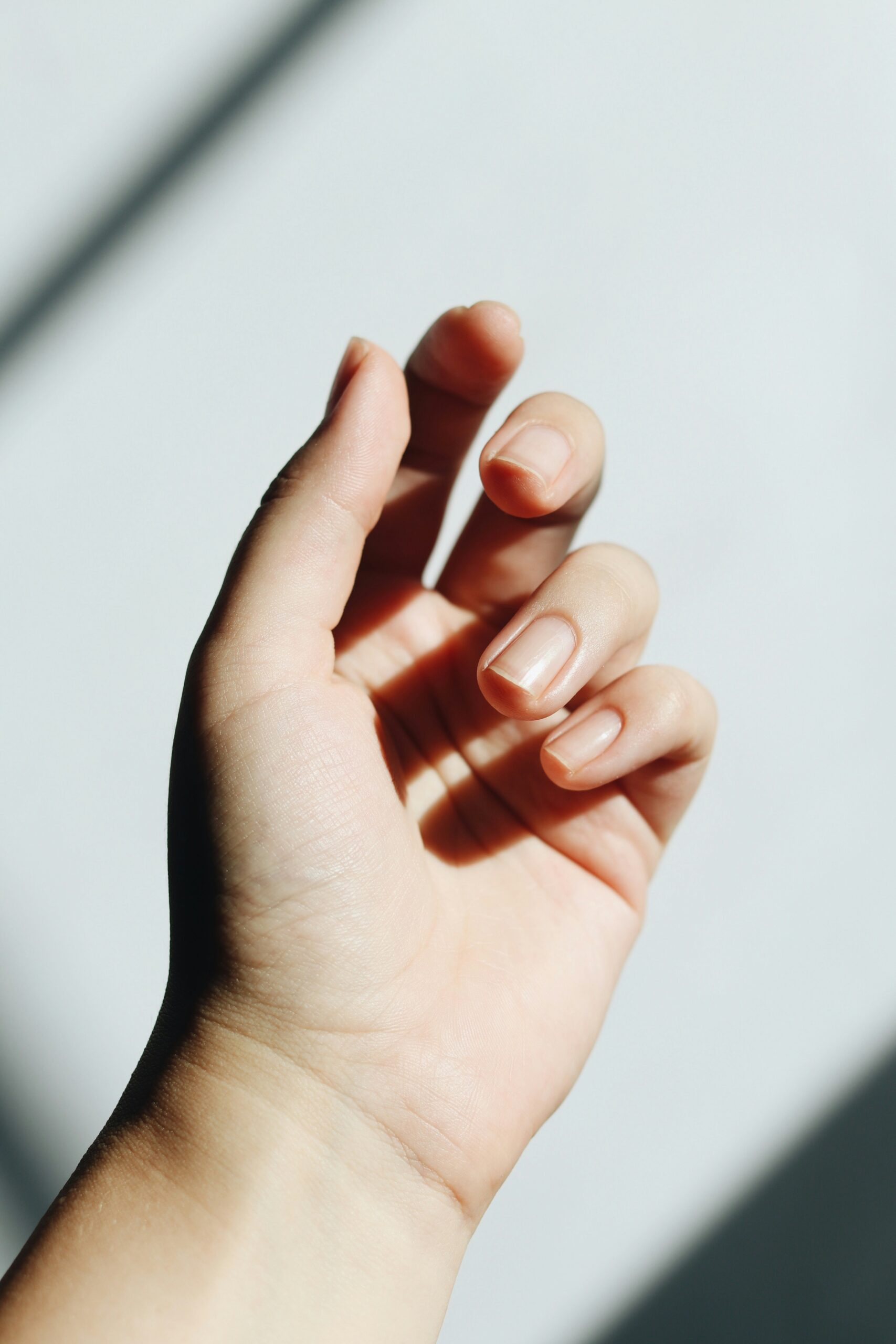
What Are PFAS And Do We Need To Worry About Them?
Our family maintains a high level of awareness regarding a non-toxic home, food, and personal care environment. Safe cleaning and personal care products? Check. Stainless steel lunch boxes? Check. We own mostly glass storage containers and never microwave food plastic. Ever. We even recently retired our 13-year-old high-end, chipping non-stick pots and pans, replacing them with stainless steel. But if someone asked me the “why” behind that latest decision when it happened, my answer would have been that I’d heard a non-stick coating could become harmful as it started to peel. I never really dove into the real reason why.
Ironically, not long ago, while listening to a podcast interview on toxins, the interviewee frequently mentioned PFAS (pronounced PEE-FAAS). It’s a funny word, and it stuck with me. That evening, I started Googling. What I discovered was eye-opening and unnerving. I suddenly knew the “why” behind replacing those old pots and pans.
What Are PFAS?
PFAS, or per- and polyfluorinated alkyl substances, are artificial substances created by DuPont (the makers of Teflon) in the late 1930s. The company had set out to find an alternative refrigerant. However, while experimenting, chemists discovered a combo of certain chemicals, resulting in a sticky white substance that repealed water and oil. Eureka! By the 1950s, consumer goods manufacturers were coating pots and pans with it, baking it in layers, which was great for keeping those pesky scrambled eggs from sticking. But as their power of convenience grew, these synthetic coatings became a norm for creating superpowered clothing, furniture, and more.
“We are in constant contact with various forms of PFAS that can be absorbed through our skin and quickly and unknowingly ingested.”
What started as an accidental but innovative way to save time on cleaning kitchenwares, protecting firefighters, and keeping our clothing and furniture stain-free ultimately created a chemical thunderstorm that we now know pollutes consumer goods and food and has even infiltrated our environmental resources. Whether we realize it or not, we are in constant contact with various forms of PFAS that can be absorbed through our skin and quickly and unknowingly ingested.
Where Are PFAS Found?
However, you won’t find the myriad of PFAS substances listed on labels. Instead, you may recognize such substances only when furniture or clothing manufacturers claim their products to be stain- and wrinkle-resistant or when your to-go food comes in packaging that keeps grease from leaching onto your clothing or car seats. PFAS are even present in personal care products like gentle slide dental flosses, hair care products, and even in some brands of period underwear.
Yep, from bibs to microwave popcorn bags to all-weather clothes and even foundation, mascaras, and eyeliners, if something is water-, grease- or stain-resistant or repellent, it likely contains some form of PFAS.
“If something is water-, grease- or stain-resistant or repellent, it likely contains some form of PFAS.”
What’s scariest, though, is that even if you avoided all seemingly PFAS-treated or containing goods, it is impossible to avoid contact with PFAS in some way or another. PFAS are considered “forever chemicals” because, according to the Environmental Working Group (EWG), once introduced into the environment through their production and use, “PFAS chemicals pollute water, do not break down, and remain in the environment and people for decades.”
The EWG states, “PFAS, the family of compounds including Teflon, is found not only in pots and pans but also in the blood of people around the world, including 99 percent of Americans.”
Are PFAS Actually Harmful?
Although no one yet knows the true extent of potential harm to humans caused by constant exposure to PFAS due to a lack of human-based studies, independent studies conducted (mainly on animals) and projection models show that regular exposure to PFAS causes adverse health effects including high cholesterol, changes in liver enzymes, increased risk of high blood pressure or pre-eclampsia in pregnant women, decreases in infant birth rates, increased risk of kidney or testicular cancer, increased risk of Type 2 diabetes in women and more. More studies are underway, including one by the Agency for Toxic Substances and Disease Registry to examine the effects of PFAS on humans, specifically.
In late 2022, the EPA designated some of the most commonly used PFAS in consumer goods, specifically PFOA and PFOS (Perfluorooctanoic acid and perfluorooctane sulfonate) as “hazardous substances” under the Comprehensive Environmental Response, Compensation, and Liability Act (CERCLA).
“Even if PFAS alternatives prove to be safer, older generations will stay put in the environment, polluting water and soil until someone discovers a way to clean them.”
Although PFOA and PFOS started being phased out of U.S. chemical and product manufacturing in the mid-2000s, they are still used internationally. And stateside, the original PFOA has been replaced with a new generation of similar substances known as GenX, which could be just as toxic as its predecessor.
Even if PFAS alternatives prove to be safer, older generations will stay put in the environment, polluting water and soil until someone discovers a way to clean them. One United States Geological Survey study suggests at least one PFAS can be detected in 45 percent of U.S. drinking water samples.
Still, it’s taking way too much time for the U.S. government to get involved in mitigating and regulating these forever substances, and for now, efforts seem primarily focused on reducing exposure to PFAS found in tap water. As of March 2023, the EPA is working on regulating six known PFAS that pollute our waters; however, until this proposed regulation is passed, no action is required. According to the EPA website, that is anticipated by the end of the year.
Referenced in the book Fatal Conveniences written by wellness advocate Darin Olien: “In 2021, the U.S. House of Representatives passed the PFAS Action Act which would allow the Environmental Protection Agency to limit the chemicals’ presence in drinking water, require testing of every PFAS for toxicity, and force all consumer product labels to list this ingredient.” That never became a law.
“The race is on for scientists to create ways to clean our water of these substances and mitigate their existence in the environment.”
States like California, Washington, Maine, New York, and Minnesota have already begun to take measures to ensure manufacturers disclose and/or ban PFAS in certain items. Many responsible clothing and consumer goods manufacturers are phasing out PFAS and using or seeking healthier alternatives. In addition, the race is on for scientists to create ways to clean our water of these substances and mitigate their existence in the environment.
What We Can Do As Consumers
Although there is no need to panic, consumers must choose wiser until more research is conducted, results are released, and more regulation occurs. As with many manufactured and synthetic “conveniences” surrounding us, the amount and length of exposure counts. When you can control it, you should. Less burden on your body means less chance of adverse effects.
“As with many manufactured and synthetic ‘conveniences’ surrounding us, the amount and length of exposure counts.”
For example, rain jackets may be an essential article of clothing in Florida, but they are designed to keep clothes dry until you can seek shelter. I won’t let my kids hang out in them when they get in the car or when we get home.
And you don’t scrap your vintage adventure gear and waterproof hiking boots just yet. Use them when it makes the most sense—for what they were designed for—and remove them as soon as possible. And let’s make organic cotton leggings and shorts the norm for yoga class and outdoor runs and embrace wrinkles as the new fashion statement for all.
More ways to reduce daily exposure to PFAS:
- Replace nonstick pots and pans with nontoxic cookware like stainless steel, cast iron, or ceramic. Replacing that one chipping pan you use ALL the time can lower exposure, which will make a difference.
- Be conscious of the following labels, as they most likely contain some form of PFAS: Teflon, Scotchgard, Stainmaster, and Gore-tex.
- Purchase natural fiber clothing for everyday use and be okay with a few wrinkles (gasp). Look for organic cotton, hemp, linen, and non-stretch denim.
- Seek brands committed to cleaner adventure gear to achieve protection from the elements. Patagonia aims to phase out all PFAS on its water-repellant gear by 2024. Cotopaxi is working on solutions as well. When you must wear all-weather gear treated with PFAS, put a layer of clothing between the treated garment and your skin.
- Choose personal care products made with natural and organic ingredients (no waterproof mascara), and avoid coated dental flosses. If you want to see what is in your skincare, use an app like Yuka, a free mobile app that allows you to scan the barcodes of personal care products and food and easily see each one’s potential impact on health.
- Invest in a drinking water filtration system. Tap water may prevent illness from harmful bacteria, but most municipalities don’t filter out toxic pesticides and chemicals like PFAS. Reverse osmosis filters the most, and plenty of point-of-source options exist. Charcoal-based filtration systems filter the majority of PFAS as well. We love our Berkey, which also comes in handy for emergencies when clean water is unavailable (like hurricanes).
- Patronize food companies and restaurants that choose safer packaging, such as uncoated cardboard, bio-wax, or PLA. If you are worried about the oil and grease, keep a towel in your car to put in your lap or trunk.
- Plants take PFAS up through their root systems. Eating organic does not ensure that the soil does not already contain PFAS. However, there are still benefits to going organic in this case, as some conventional farming uses biosolids as fertilizer, whereas certified organic does not.
- Write and call the White House and your state leaders, as no one is safe from PFAS exposure yet and that needs to change. Ask them to push harder for mitigation and aggressive research and cleanup on a wider scale. Advocate for stricter regulation on US and imported consumer goods.
More Resources:
Randi Donahue is a freelance writer who lives on the Gulf Coast of Florida and is fortunate to live right next to a glorious nature preserve and a few miles from a white sandy beach. She and her family are passionate about nature, health & wellness, and sustainable living and believe the path to a healthy and prosperous life requires authenticity, kindness and a whole lot of fresh air.




